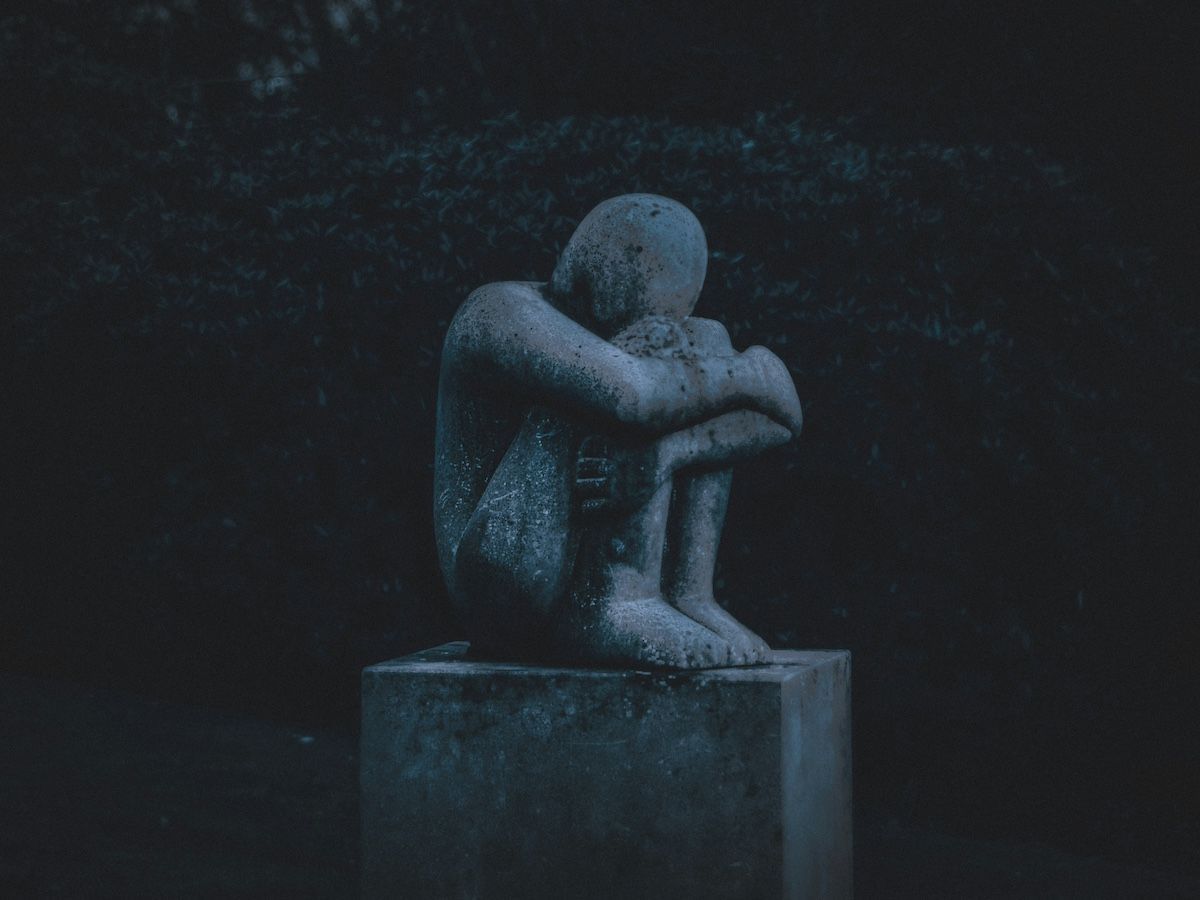Mailing address
Association for Comprehensive Energy Psychology (ACEP)
28 Garrett Ave. Suite 100
Bryn Mawr, PA. 19010 USA
Home Office Phone, Skype & Fax
ACEP Main Phone: 619-861-2237
ACEP EFT Questions: 484-380-2448
Skype: leslie.acep
Fax: 484-418-1019
ACEP Staff
Robert Schwarz, PsyD, DCEP, Executive Director
Email: acep_ed@energypsych.org
Leslie Primavera, Office Manager/Certification Coordinator
Phone: 619-861-2237
Email: admin@energypsych.org
Cynthia Joba, Director, Outreach & Communications
Email: cjoba@energypsych.org
Susan Carney, Admin Assistant/CE Coordinator
Phone: 484-380-2448
Email: Scarney@energypsych.org
Centering with Energy Practices
“Stay in the center, and you will be ready to move in any direction.”
― Alan W. Watts

What is centering?
Centering means to reside in the middle of the self. It is a physical location in the middle of the body in relation to gravity and movement. Centering is also a mental state of aligning and connecting to an essential internal and authentic self in the present space and time. The center also refers to a spiritual center of awareness. Centering can help us find peace in the chaos, by quieting the mind. Common centering practices use mindful breathing and visualizations.
People sometimes combine or confuse the principles and activities of centering with grounding. When you are grounded in mind, body and spirit you can feel more stable and secure. When you are centered in mind, body and spirit you can experience a cohesive reference point for awareness, action, and reflection. It is possible to be fully or partially grounded and centered. There also may be times when you aren't grounded or centered at all. Read on for some tips for getting centered. Discover more about grounding in this blog written by the author.
Theories about centering
In Chinese Medicine, the body has pools of energy that ideally flow unobstructed through internal channels, or meridians. This energy can foster balance, wellness, and vitality in the physical, emotional, and spiritual body. This energy is called Xi (pronounced “chee”) in Chinese, or Ki in Japanese. The most important and vital area in the body for the Xi is in the lower Dan Tian. This area is the center of gravity in the body. It is known as the Elixir of Life. Located approximately two inches below the navel, it resides deep inside the body in the center of the guts. In Japanese the space is called Hara. The Xi in the lower Dan Tian can be enhanced, increased, refined, and developed. It can send and receive neural impulses, directing and harmonizing energy throughout the body and mind. To center your body, mind, and spirit, it is important to develop an intimate relationship with the Dan Tian. If you know how it functions, you may be able to access its considerable power and improve your movement, awareness, and emotional intelligence. Learn more about meridians in this blog.
In the East Indian system of Ayurveda, the heart area is recognized as the center. Through the heart chakra (Sanskrit for wheel), the center connects to the thymus gland, physical heart, and lungs. The heart chakra, in the center of the chest, transmits energy from the rest of the chakras. The heart chakra is perched between three main chakras above and three main chakras below it. The heart chakra processes information and communicates outside the body. A heart chakra that is healthy and open allows for universal consciousness, love, and the higher self to be expressed. A heart chakra that is closed can express grief, disappointment and anger at self and others. Some esoteric schools propose that humanity is progressing as a species. Currently, we are mostly relating to the energy of the solar plexus chakra (thought, identity, will power). We are evolving slowly to the energy of the heart chakra (connection, love, universal consciousness). Others say the “high heart chakra” under the collarbones, just below the dip of the throat, is opening as a “new” chakra in humanity. Learn more about the chakras in this blog.
The center is not only a location, but a state of mind and awareness. For instance, the Christian practice of centering Prayer is a meditative approach based in connecting with divinity. Centering prayer can help you find quiet, equanimity, and deeper meaning in spiritual practice. It is a modern interpretation of ancient practices described in holy texts. Other faith traditions have practices which may not be called centering per se, but have similar goals and outcomes that centering practices offer.
Types of centering
Physical: Can be in one place or can move from the heart, gut, below the navel, and head. The center of gravity resides in the body. Some people have the same center even as they age or have changes in weight or alterations in their physical form. Other people find their center changes as they grow, such as during pregnancy, or following injury or surgery.
Psychological: A state of being calm, neutral, steady, alert, active and present. Connection to true self, feelings, and awareness. Alignment with authenticity.
Energetic: In Chinese Medicine, the center is below the navel in the lower Dan Tian. In Japanese traditions, the center is called the Hara, and is an energetic channel residing in the center of the body. Christian centering prayer is focused on the spiritual center of being and involves quiet contemplation. In this type of centering, it is not a physical location, but the body can connect with the consciousness of centering in the energetic field.
- How to center with energy practices
- Check in with your own body, mind, and spirit to find your center. It can change with emotions, seasons, and time.
- Notice what centering is like for you by using a body scan. Focus on different parts of your body as you are still or in movement.
- Locate the center of your physical self.
- Focus your mind on the present moment. Discover if your thoughts go to the past or the future.
- Locate your spiritual center.This could be in nature, an esoteric dimension, or through reading holy texts. You might contemplate sacred images, sounds, mantras, or prayers.
- First find your center, be it in the physical, mental or spiritual realms. From there, you can begin your typical energy practices.
- You can also set an intention or create a tapping script to find, maintain, and enhance your practice with centering. You can find instructions on various tapping techniques here.
These are a few ideas for tapping sentences to get you started. Be creative and make up your own. The more real, relevant, and believable, the better.
“Even though I can’t find my center now, I can imagine finding it.”
“Even if I am not always optimally centered, I can become more centered by practicing.”
“Even though I’m new at centering, it is getting easier and more effective over time.”
You can combine tapping with a heart chakra exercise. Place the palm of your hand on the center of your chest. Tap on the space between the fifth and fourth fingers, on the pack of the hand. Recite your tapping intention, with a slow and even breathing pattern. You can switch hands after three breaths, three times.
You may have objections to change or challenges that stop you from centering. If so, try this.
- Pay attention to your thoughts, images, and imaginings.
- Identify if they are about the present, past, or future.
- Bring your awareness to the present as much as possible.
- Release the tendency to solve problems yet to be.
- Let go of a review of what was.
- Create a still point of focus in the here and now.
- Take a few breaths staying with the present moment.
- Pay attention to what you might have overlooked before.
- To help you with your present moment focus, here is a video for calm breathing
Beyond centering ideas with energy practices
Be gentle with yourself as you learn about centering with energy practices. It is a lifelong pursuit. Add centering to other activities such as a mindfulness practice like sitting meditation, or mindful eating. You can play with centering while being in nature. Include your centering practices while going about your daily activities. Many experience the value of centering as a practical and even a holy pursuit. Find out what works for you and track the benefits. You will be motivated to continue when the payoffs become real.
Want to learn more? Join an online class designed to deepen your centering and grounding skills, led by Lori Hops, Ph.D. DCEP, called Being Here Now: In Depth. Drlorihops.com
Author
Lori Hops has written articles in past issues of Energy Magazine, including Intuition: Your Still Small Voice. You can read more of Lori’s blogs here. Tune into Lori’s podcast to explore all things related to intuition (also on Spotify and YouTube). Join an online class to grow your skills to embody intuition for greater clarity, creativity, and personal discernment at drlorihops.com.

Get updates about energy psychology, energy practices and more.
Donate
Your financial support will help ACEP expand the use of energy psychology.
The result? More healing.
Association for Comprehensive Energy Psychology. All rights reserved.
Created by Olive + Ash.
Managed by Olive Street Design.


